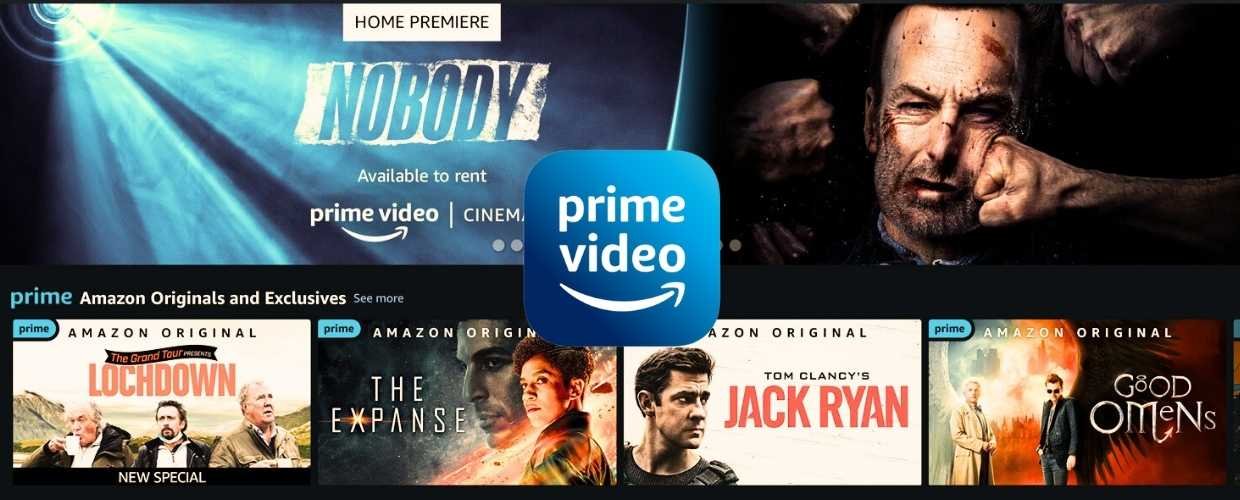In a strategic move to enhance revenue streams and augment investments in content production, Amazon recently announced its intention to introduce limited advertisements to its Amazon Prime Video service starting next year. This shift aligns Amazon with its competitors, such as Netflix and HBO Max, all of whom are exploring ad-supported tiers to generate additional income.
Amazon conveyed that incorporating advertisements into their streaming service will facilitate a continuous investment in captivating content, ensuring a sustained increase in such investments over an extended period. Notably, Amazon Prime Video’s spending on content, including high-profile events like “Thursday Night Football” and original series, escalated by nearly 30% in 2022, reaching a substantial $16.6 billion. Although specific details regarding the duration of ad breaks were not disclosed, Amazon assured customers that the frequency of ads within their shows and movies would be significantly lower than traditional linear TV and other streaming platforms. To provide an ad-free experience, viewers can opt for an ad-free tier at an additional cost of $2.99 per month starting next year. The Amazon Prime Video service, housing popular series like “The Marvelous Mrs. Maisel” and “Citadel,” is included in the $139 annual Prime subscription.
In the evolving landscape of streaming services, the focus has shifted from subscriber acquisition to revenue generation, largely due to mounting pressure from investors. Service providers are exploring avenues to monetize their offerings, even if it means increasing subscription costs or introducing advertising. Recently, Disney+ announced a second price hike within a year, with the ad-free plan’s monthly cost set to rise to $13.99 in October, reflecting a $3 increment. Similarly, Hulu, majority-owned by Disney, is also planning a $3 increase in its monthly ad-free subscription, bringing it to $17.99.
This strategic move by Amazon Prime Video reflects a broader industry trend, highlighting the balance that streaming platforms aim to strike between revenue generation and preserving the quality of viewer experiences. The integration of advertisements offers a potential win-win, allowing for increased investment in captivating content while offering flexible options for users to tailor their viewing preferences.










